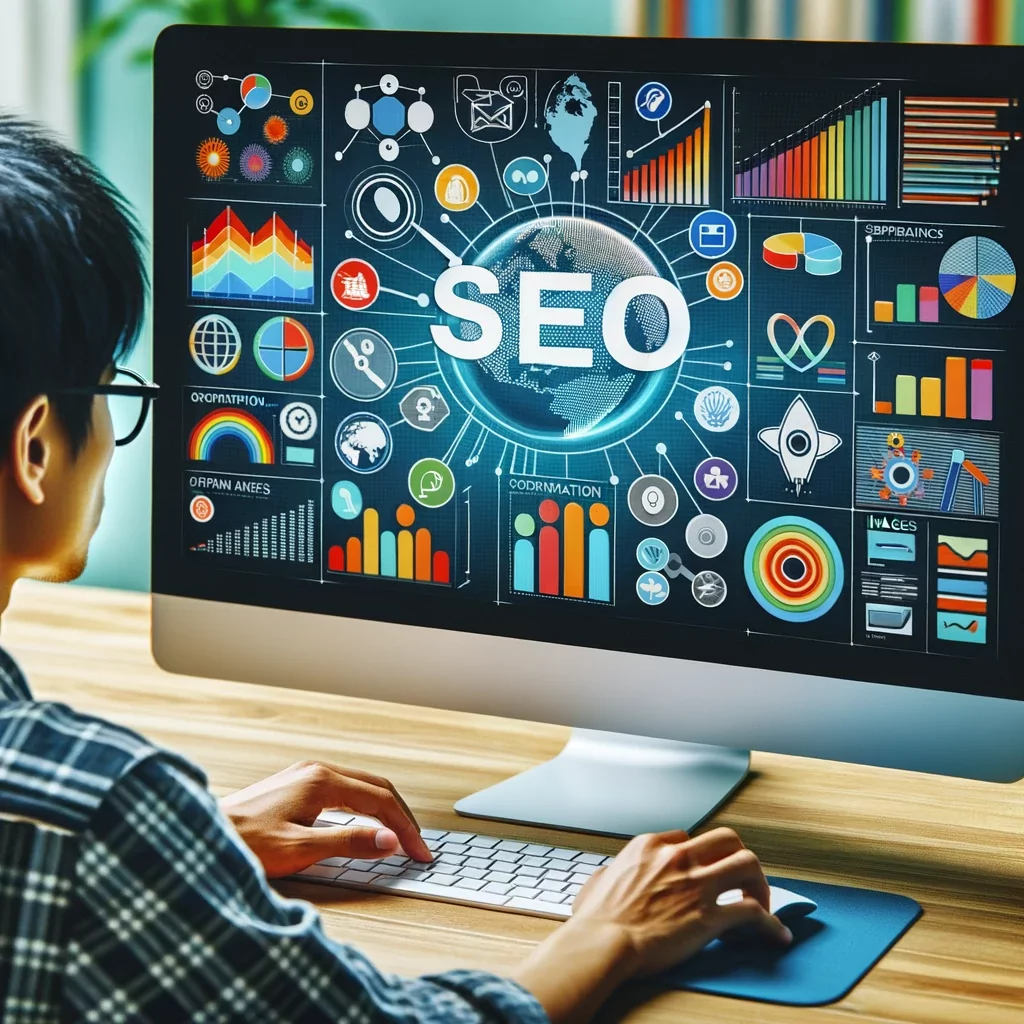In today’s digital marketplace, Shopify image optimization stands as a crucial factor in driving eCommerce success. Effective image optimization enhances website performance, improves user engagement, and significantly boosts sales. This blog post delves into the necessity of optimizing images on Shopify and outlines practical methods for implementation, tailored for anyone eager to elevate their eCommerce game.
Understanding the importance of image optimization on Shopify is not just about aesthetics; it’s about performance. Optimized images speed up page load times, directly impacting customer satisfaction and SEO rankings. This discussion aims to equip you with actionable strategies to efficiently optimize your Shopify images, ensuring your online store thrives in a competitive landscape.
The Importance of Image Optimization
Optimizing images on Shopify plays a pivotal role in enhancing website speed and user experience. High-quality images attract and retain customer attention, yet large file sizes can slow down your site. This slowdown affects your store’s SEO rankings and user experience, potentially leading to lost sales. Therefore, optimizing your images is not just a best practice; it’s a necessity for success.
Moreover, image optimization directly influences the loading speed of your Shopify store. Faster loading times lead to a smoother user experience, encouraging visitors to explore more products and ultimately increase conversion rates. Remember, every second counts in retaining a potential customer’s interest.
Effective Image Optimization Techniques
The first step in Shopify image optimization is selecting the right file format. JPEGs are ideal for photographs due to their balance of quality and file size. PNGs, on the other hand, are better for graphics with fewer colors. This choice plays a vital role in ensuring your images are optimized for both quality and performance.
Next, consider image compression. Tools like TinyPNG or Shopify’s built-in image editor can significantly reduce file sizes without compromising quality. Compressing images ensures faster page loads, enhancing your site’s performance and user experience. Regularly auditing and compressing images should become a part of your site maintenance routine.
Utilizing Responsive Images
Responsive images are essential for a seamless user experience across various devices. They automatically adjust to fit the screen size, ensuring your images look great whether viewed on a desktop, tablet, or smartphone. This adaptability not only improves user experience but also contributes positively to SEO rankings.
In Shopify, you can use the ‘srcset’ attribute to implement responsive images. This attribute allows browsers to choose the most appropriate image size, reducing unnecessary data usage and improving page load times. It’s a simple yet effective way to ensure your images are optimized for every device.
SEO Benefits of Optimized Images
Optimized images significantly contribute to your Shopify store’s SEO. Search engines favor fast-loading websites, and optimized images are a key factor in achieving this. Including relevant keywords in your image file names and alt tags further enhances your SEO efforts, making your products more discoverable online.
Additionally, well-optimized images increase the likelihood of your products appearing in image searches. This visibility can drive additional traffic to your store, tapping into a broader audience base. Integrating SEO best practices with image optimization is a winning strategy for any Shopify store.
Dos and Don’ts of Shopify Image Optimization
DO: Choose the Right Image Format
Do: Select JPEG for photos due to its quality and size balance. Use PNG for graphics with limited colors. This ensures optimal quality without unnecessary bulk.
Don’t: Avoid using the wrong format like BMP or TIFF, which can significantly increase load times and hamper site performance.
DO: Compress Your Images
Do: Utilize tools like TinyPNG or Shopify’s image editor for effective compression. This reduces file size without losing quality, speeding up your site.
Don’t: Overlook the importance of regular image audits and compression, as unoptimized images can slow down your site over time.
DO: Implement Responsive Images
Do: Use the ‘srcset’ attribute for responsive images. This guarantees that your images adjust to different screen sizes, improving user experience across devices.
Don’t: Ignore the necessity of responsive design. Non-responsive images can lead to poor layout on mobile devices, harming user engagement.
DO: Optimize for SEO
Do: Incorporate relevant keywords in image file names and alt tags. This boosts your SEO, making your products more discoverable in online searches.
Don’t: Neglect the SEO aspect of your images. Missing out on keywords and proper tagging can reduce your store’s visibility.
DO: Regularly Update Images
Do: Keep your image content fresh and updated. This demonstrates to your customers and search engines that your site is active and relevant.
Don’t: Let your site become stagnant with outdated or irrelevant images. This can lead to a decrease in customer interest and SEO performance.
DO: Monitor Site Performance
Do: Regularly check your website’s loading speed and performance. This helps in identifying areas where image optimization can be further improved.
Don’t: Assume that once optimized, no further action is needed. Site performance can change over time, necessitating continuous attention.
DO: Use Descriptive Alt Text
Do: Add descriptive and keyword-rich alt text to your images. This enhances accessibility and SEO.
Don’t: Overstuff alt text with keywords or leave it blank. This can negatively impact both SEO and user experience.
Conclusion
Shopify image optimization is a critical component in boosting eCommerce performance. By implementing the right techniques, such as choosing appropriate file formats, compressing images, and using responsive design, you can significantly improve your site’s loading speed and user experience. Remember, optimized images not only enhance the visual appeal of your store but also contribute to better SEO rankings and increased sales.


